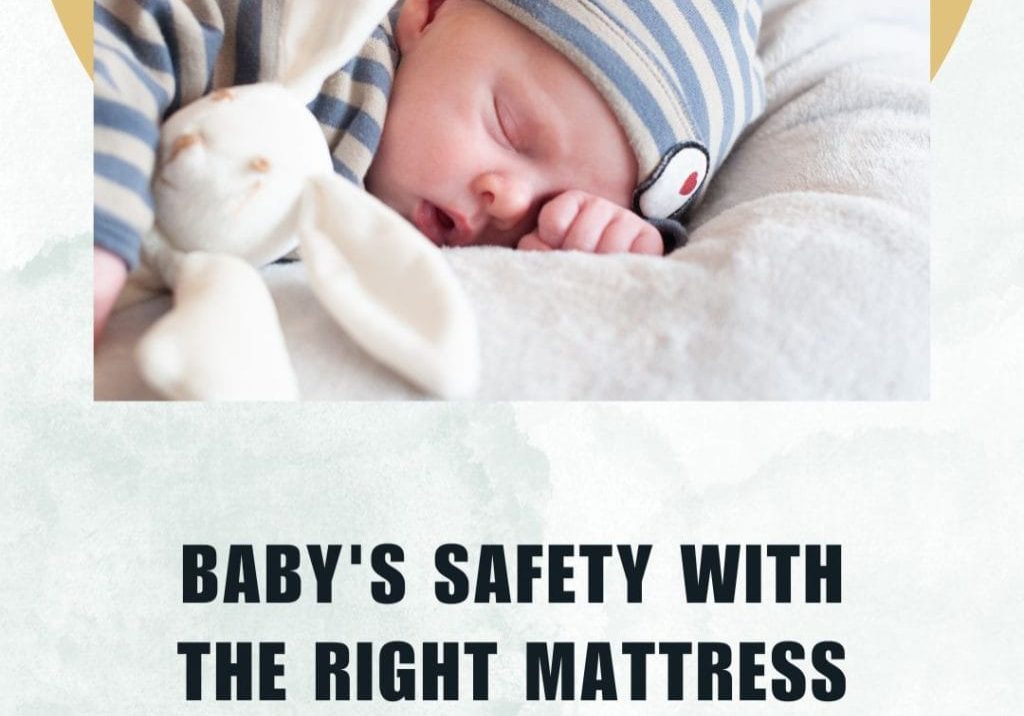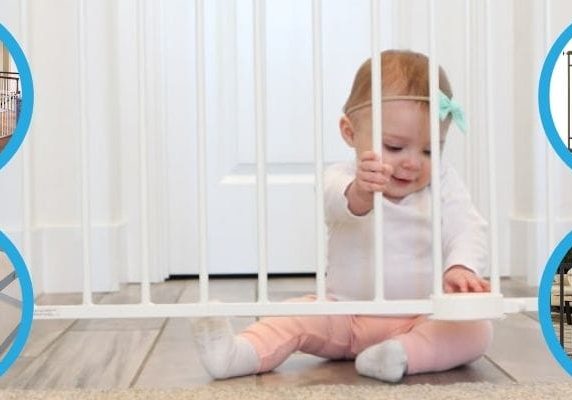Welcome to our comprehensive Car Seat Installation Guide, designed to ensure the absolute safety of your precious little ones. This step-by-step tutorial will provide you with all the necessary information to install an infant car seat correctly and confidently. It’s not just about securing the seat; it’s about securing your child’s future. Let’s begin this essential journey towards safety together.
A Step-by-Step Guide to Installing Infant Car Seats Safely
The first step in our Car Seat Installation Guide begins with choosing the right car seat for your child. It should be suitable for your child’s age, weight, and height, and must meet all safety standards. Always ensure to check the manufacturer’s guidelines and safety ratings.
The safest place for the infant car seat is the back seat, away from active airbags. For newborns and toddlers, the car seat should be rear-facing.
Make sure the car seat is tightly secured. It shouldn’t move more than an inch in any direction. Use either the vehicle’s seat belt or the latch system to secure it, but not both.
The harness straps should be at or below the infant’s shoulders. Make sure the harness is snug, and the chest clip is level with your child’s armpits.
Before each journey, conduct a final check to ensure the seat is still secure and the harness is correctly adjusted. Remember, correctly using a car seat reduces the risk of injury by up to 71%.
By following this Car Seat Installation Guide, you can ensure your child’s safety during travel.
How to install an infant or toddler car seat
If this is your first time installing a car seat, here are some simple tips you can follow to ensure your child rides securely:
- Start with placing the base on the seat. Noteworthy, many car seats are equipped with angle adjusters. Adjust the angle to read somewhere between 30 and 45 degrees.
- Run the seat belt through the seat belt path indicated by arrows on the car seat. Make sure the belt buckles, and while holding the base down with your hand, pull the shoulder portion of the belt to tighten it. This action secures the car seat and prevents it from moving during transit. The tightness of the belt should be one inch or less from the belt path. Recheck the angle indicators to assure they still read between 30 and 45 degrees.
- If your vehicle was manufactured in 2002 or later, it will have the LATCH system. This could be used instead of the seat belt. Look for the LATCH anchors on your vehicle’s seat and buckle them into the anchors located either on the back or side of the car seat. A click sound signifies they are secure.
- Securely set the rear-facing seat into the base until you hear a click. This guarantees it’s in the correct position. Place your child in the seat with their back leaning against it. Use the harness to secure them, ensuring the straps are level with their shoulders before buckling the harness.
- Perform the pinch test to check for tightness. If you can pinch the belt together, it’s too loose, and it needs tightening. Place the retainer clip across your child’s chest level with their armpits to finish the process.
How to install a car seat for preschoolers
If your child has outgrown their rear-facing car seat, it may be time to switch to a forward-facing one. Before you make the switch, always ensure that your child meets the height and weight requirements specified by the car seat manufacturer. These steps will guide you in installing the car seat safely and correctly:
- Ensure your car is parked on level ground. This ensures you get an accurate reading from the angle indicators on the car seat.
- Firmly secure the car seat base in place. It should be at the correct angle and have minimal movement.
- Use the top tether latch to secure the seat. This will reduce forward movement of the child’s head in case of a crash by six to eight inches.
- Locate the tether anchors in your vehicle using your vehicle’s owner’s manual. Avoid anchoring the car seat to a cargo hook.
- Once the car seat is secured, place your child in the seat. The harness straps should be at or above the child’s shoulder level to ensure they are properly positioned.
How to install a booster seat
As your child grows, they may eventually outgrow the height or weight limits of their car seat. Often, these limits range between 40 and 90 pounds. You’ll know it’s time for a transition when your child’s ears align with the top of the car seat. If either or both of these conditions apply, your child is ready to graduate to a booster seat.
- Placement: A booster seat is designed to fit over the regular seat of your vehicle. The booster seat can be secured using the LATCH anchors or the seat belt.
- Restraints: There should be both a lap and shoulder restraint. The lap belt should rest securely on your child’s upper thighs, while the shoulder restraint should cross the middle of their chest.
- Check for Slack: Perform the pinch test to ensure the restraints are properly tightened. If you can pinch parts of the belt together, it indicates that the belt is too loose and needs tightening.
- Duration of Use: Your child should continue using the booster seat until they reach a height of approximately 4 feet, 9 inches, typically between the ages of 8 and 12.
What is the LATCH system?
The LATCH system is a critical component of child car seat installation, designed to make the process simpler and more secure. Standing for “Lower Anchors and Tethers for Children,” this system is a key player in child safety on the road. It’s found in most vehicles manufactured after 2002, as it’s a standard requirement.
The LATCH system centers around anchor points within your vehicle used to secure the child’s car seat. These are typically found in two forms: lower anchors and top tethers.
Lower Anchors
Lower anchors are usually metal brackets found within or between your car’s seat cushions. Some vehicle models may have these anchors hidden within the seat, but they’re typically marked by specific icons indicating their location. These lower anchors are primarily used to firmly secure the base of the car seat.
Top Tethers
In addition to the lower anchors, the LATCH system includes three top tethers. These tethers are designed to prevent the child from being thrust forward in the case of an accident, thus minimizing the risk of head trauma. Locating these top tethers may require a bit more effort as they could be situated under your seat, on the floor, or on the rear window shelf.
Your vehicle’s owner’s manual can provide detailed guidance on finding these important components in your specific car model.
Conclusion
As our comprehensive Car Seat Installation Guide concludes, we hope you have gained valuable insight into ensuring your child’s safety during transit. From infant car seats to booster seats, each phase requires meticulous attention. Remember, the LATCH system is your greatest ally in this process. Prioritize your child’s safety by adhering to the instructions provided and regularly checking the seat’s security. Safe travel starts with correctly installed car seats.










